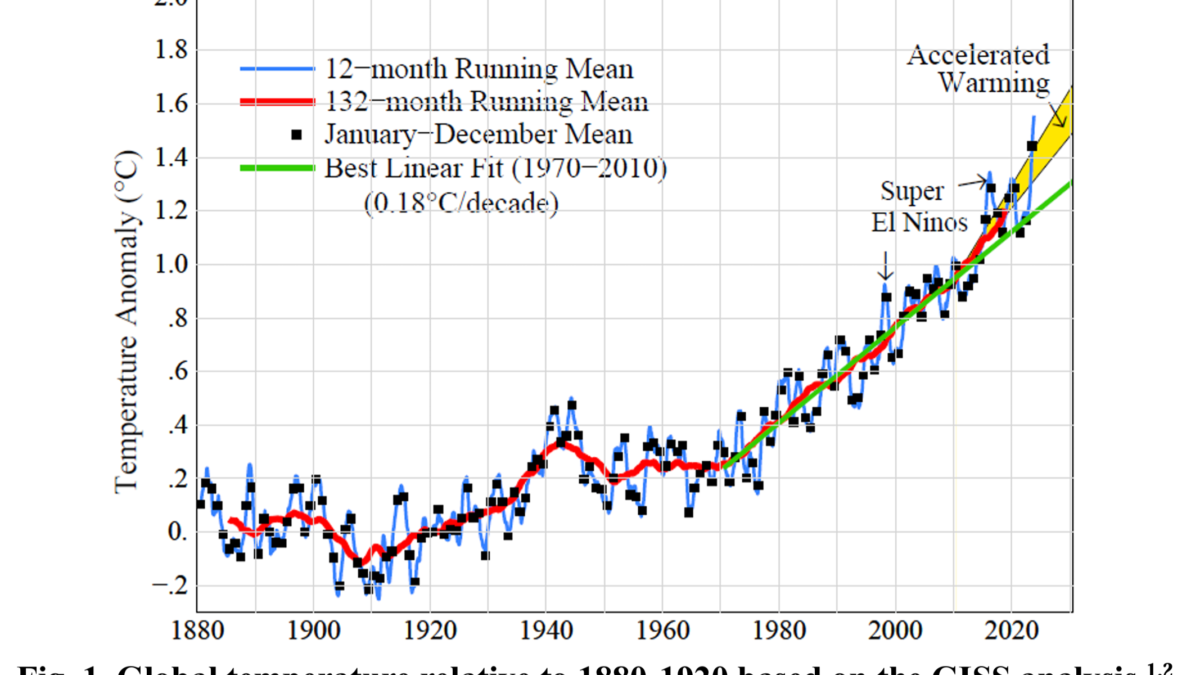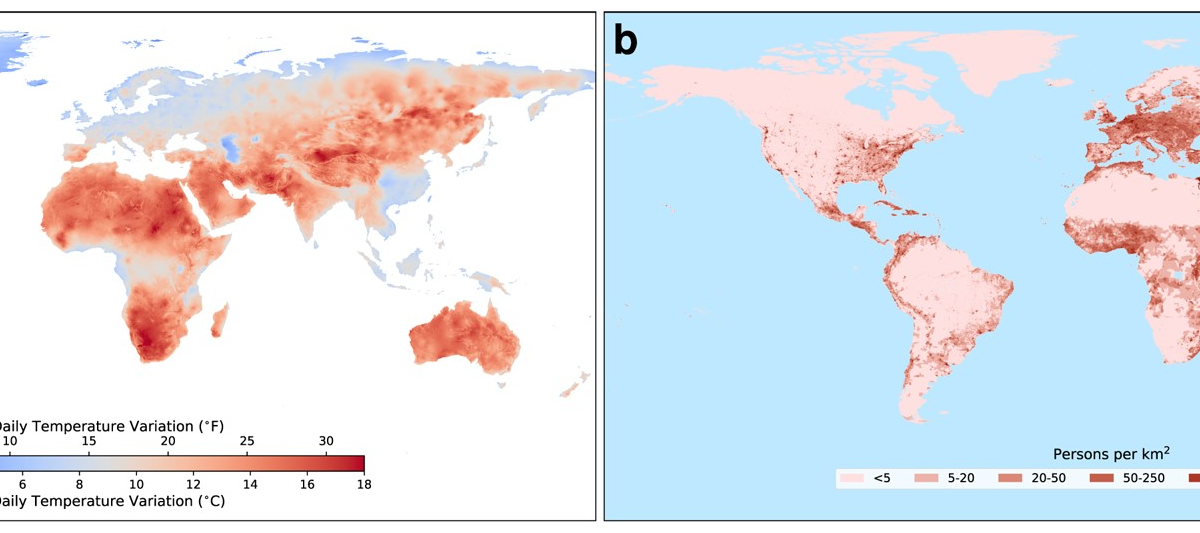How climate change factored into Nova Scotia’s wildfires – “All our infrastructure was built for a climate that doesn’t exist anymore”

By Nathan Coleman
7 June 2023
(The Weather Network) – Wildfires raging across Canada have already scorched more than 10 times the land than usual, causing a massive amount of damages in multiple provinces as dangerous air quality lingers overhead.
“All our infrastructure was built for a climate that doesn’t exist anymore,” University of Toronto atmospheric physics professor Kent Moore told The Weather Network as he spoke about the recent wildfires impacting Nova Scotia — just one of many areas that have seen a terrible start to the fire season in Canada.
He explained how the lack of snow this past winter followed by a dry April and May meant that fire spread rapidly through the Tantallon neighbourhood, taking more than 150 homes with it. At the same time, a separate fire burning in Barrington Lake was the largest in Nova Scotia’s history, prompting the call for firefighting resources from as far away as Montana.
With no lightning reported in the areas at the time, these fires were most likely human caused. However, the lack of rain and warm temperatures allowed the forest to become tinder dry, with strong and steady winds acting like a blow dryer making matters worse.
Moore said depending on exactly where people are in the province, there was also Hurricane Fiona damage to the canopy so there’s a lot of dying, or dead trees, from last fall that perhaps contributed to the severity of the fires.
“We’re most confident in the temperature predictions that are coming with climate change and so the whole country is warming and warming conditions do a couple things,” Moore said.
“There’s a greater chance of extreme temperatures, which of course help dry fires. And also the warming temperatures help dry out the soil. So I think in the longer term we’re looking at just a longer fire season and more intense fire season across the country just as the country warms.”
He added the global average surface temperature in Eastern Canada has only increased by about 1 C or so since preindustrial times, but as you travel north accelerated warming may be upwards of 3 C — which contributed to wildfires in northern Alberta and the southern part of the territories. Scientific consensus has determined that human activities, mostly burning fossil fuels and land use practices, are the main cause of global warming.

Moore also points out another important human factor when it comes to wildfires: expanding cities and communities.
“We’re putting people in situations where there’s a greater chance of a fire because now they’re encroaching on areas that are quite forested. And so I think we have to think about where we build in the future,” he explained.
“I think we have to sort of view it as a change in climate and there’s a need to adapt to that change. And that means we need to change how we build things and, of course, the houses where we live.”
He added it is similar to floods and allowing people to build in floodplains.
“Given the greater chance of floods, there may be a greater chance there’ll be some damage to infrastructure [on] floodplains. The same thing goes with building in forested areas,” Moore said.
“I think we have to rethink that and also strengthen those existing buildings.”


